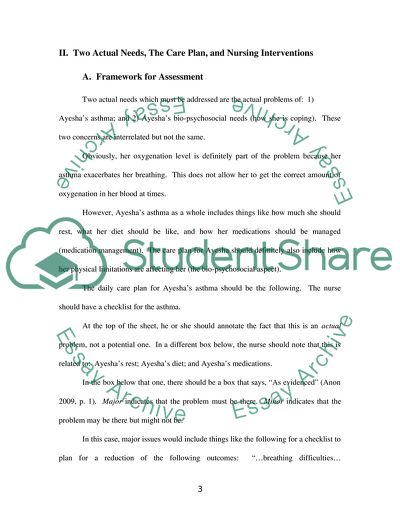Cite this document
(The Assessment, Planning, and Evaluation of Ayesha Case Study, n.d.)
The Assessment, Planning, and Evaluation of Ayesha Case Study. Retrieved from https://studentshare.org/medical-science/1732954-the-assessment-planning-and-evaluation-of-ayesha
The Assessment, Planning, and Evaluation of Ayesha Case Study. Retrieved from https://studentshare.org/medical-science/1732954-the-assessment-planning-and-evaluation-of-ayesha
(The Assessment, Planning, and Evaluation of Ayesha Case Study)
The Assessment, Planning, and Evaluation of Ayesha Case Study. https://studentshare.org/medical-science/1732954-the-assessment-planning-and-evaluation-of-ayesha.
The Assessment, Planning, and Evaluation of Ayesha Case Study. https://studentshare.org/medical-science/1732954-the-assessment-planning-and-evaluation-of-ayesha.
“The Assessment, Planning, and Evaluation of Ayesha Case Study”, n.d. https://studentshare.org/medical-science/1732954-the-assessment-planning-and-evaluation-of-ayesha.


